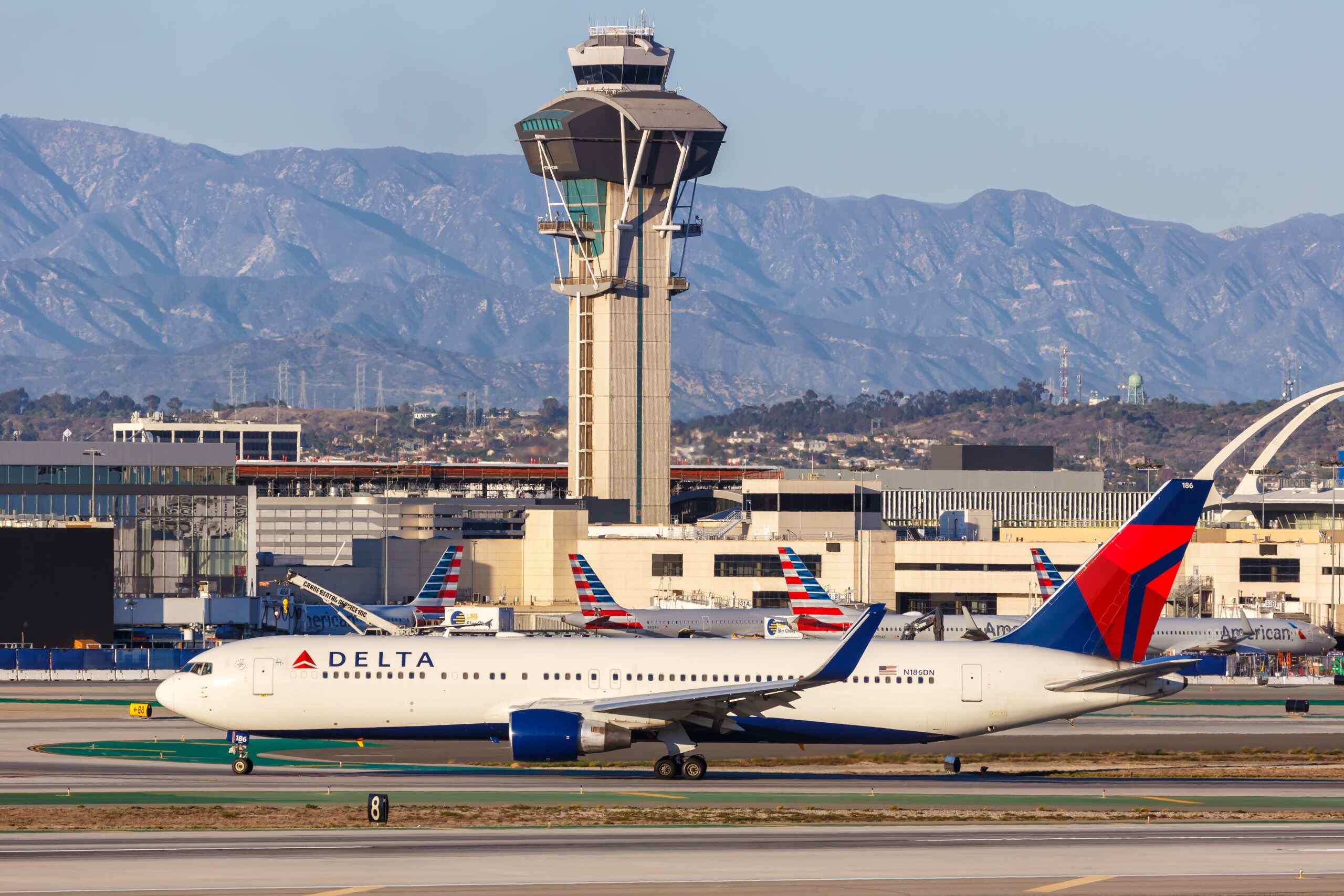
How safe is air travel? The skies might seem vast and unpredictable, but air traffic safety oversight ensures that flying remains one of the safest modes of transportation. Air traffic safety involves rigorous regulations, constant monitoring, and advanced technology to keep passengers secure. From the moment a plane takes off to its landing, a network of professionals and systems work tirelessly to maintain order and safety. Air traffic controllers, pilots, and ground staff all play crucial roles in this intricate dance. Understanding the facts behind air traffic safety can give you peace of mind next time you buckle up for a flight. Let's dive into 17 key aspects that make air travel remarkably safe.
Key Takeaways:
- Air traffic safety oversight involves global organizations, regulations, and technology to prevent accidents and ensure safe skies for travel.
- Proper training, incident investigation, and international cooperation are crucial for maintaining high air traffic safety standards and preventing future incidents.
Understanding Air Traffic Safety Oversight
Air traffic safety oversight ensures the skies remain safe for travel. Various organizations and regulations work together to maintain high standards. Here are some fascinating facts about this critical aspect of aviation.
-
International Civil Aviation Organization (ICAO): ICAO sets global standards for aviation safety. Established in 1944, it works with 193 member countries to ensure uniform safety measures.
-
Federal Aviation Administration (FAA): The FAA oversees all aspects of civil aviation in the United States. It regulates everything from pilot training to aircraft maintenance.
-
Safety Management Systems (SMS): Airlines and airports use SMS to identify and mitigate risks. This proactive approach helps prevent accidents before they happen.
Key Regulations and Protocols
Regulations and protocols form the backbone of air traffic safety. They ensure that every aspect of aviation operates smoothly and safely.
-
Annex 19: ICAO's Annex 19 focuses on safety management. It requires member states to implement SMS and other safety measures.
-
Part 121: In the U.S., Part 121 of the Federal Aviation Regulations governs commercial airlines. It includes rules on crew qualifications, aircraft maintenance, and operational procedures.
-
Runway Safety Areas (RSAs): RSAs are clear zones around runways designed to prevent accidents. They provide extra space for aircraft to stop in case of an emergency.
Technology and Innovation
Technology plays a significant role in enhancing air traffic safety. Innovations continue to improve the efficiency and reliability of aviation systems.
-
Automatic Dependent Surveillance-Broadcast (ADS-B): ADS-B is a technology that allows aircraft to broadcast their position to air traffic controllers and other aircraft. It improves situational awareness and reduces the risk of collisions.
-
Ground Proximity Warning System (GPWS): GPWS alerts pilots if their aircraft is too close to the ground. This system has significantly reduced the number of controlled flight into terrain (CFIT) accidents.
-
Traffic Collision Avoidance System (TCAS): TCAS helps prevent mid-air collisions by advising pilots on evasive maneuvers. It monitors the airspace around an aircraft for other transponders.
Training and Certification
Proper training and certification are crucial for maintaining high safety standards. Pilots, air traffic controllers, and maintenance personnel must meet stringent requirements.
-
Pilot Licensing: Pilots must obtain various licenses and ratings, such as the Airline Transport Pilot (ATP) certificate. This ensures they have the necessary skills and knowledge.
-
Air Traffic Controller Training: Controllers undergo rigorous training, including simulations and on-the-job experience. They must be able to handle high-stress situations and make quick decisions.
-
Maintenance Technician Certification: Aircraft maintenance technicians must be certified by regulatory bodies like the FAA. They ensure that all aircraft are in top condition.
Incident Investigation and Reporting
Investigating and reporting incidents helps improve safety by identifying and addressing issues. This process is vital for learning from past mistakes.
-
National Transportation Safety Board (NTSB): The NTSB investigates aviation accidents in the U.S. It provides recommendations to prevent future incidents.
-
Aviation Safety Reporting System (ASRS): ASRS allows pilots and other aviation professionals to report safety concerns anonymously. This helps identify potential hazards without fear of reprisal.
-
Flight Data Monitoring (FDM): Airlines use FDM to analyze data from flight recorders. This helps identify trends and areas for improvement.
International Cooperation
Global cooperation is essential for maintaining consistent safety standards. Countries and organizations work together to share information and best practices.
-
European Union Aviation Safety Agency (EASA): EASA oversees aviation safety in Europe. It collaborates with other international bodies to harmonize regulations.
-
Bilateral Aviation Safety Agreements (BASAs): BASAs are agreements between countries to recognize each other's safety standards. This facilitates international travel and trade.
Final Thoughts on Air Traffic Safety
Air traffic safety oversight is crucial for keeping our skies safe. From stringent regulations to advanced technology, every aspect plays a role in ensuring passenger safety. Air traffic controllers work tirelessly, often under immense pressure, to manage the flow of aircraft and prevent accidents. Regular training and simulations help them stay sharp and prepared for any situation. International cooperation and standardization also contribute significantly, making sure that safety protocols are consistent worldwide. While flying remains one of the safest modes of transportation, continuous improvements and vigilance are necessary to maintain and enhance this safety record. By understanding these facts, we gain a greater appreciation for the complex system that keeps us safe in the air. So next time you board a plane, remember the incredible effort and dedication that goes into ensuring your journey is a safe one.
Frequently Asked Questions
Was this page helpful?
Our commitment to delivering trustworthy and engaging content is at the heart of what we do. Each fact on our site is contributed by real users like you, bringing a wealth of diverse insights and information. To ensure the highest standards of accuracy and reliability, our dedicated editors meticulously review each submission. This process guarantees that the facts we share are not only fascinating but also credible. Trust in our commitment to quality and authenticity as you explore and learn with us.


